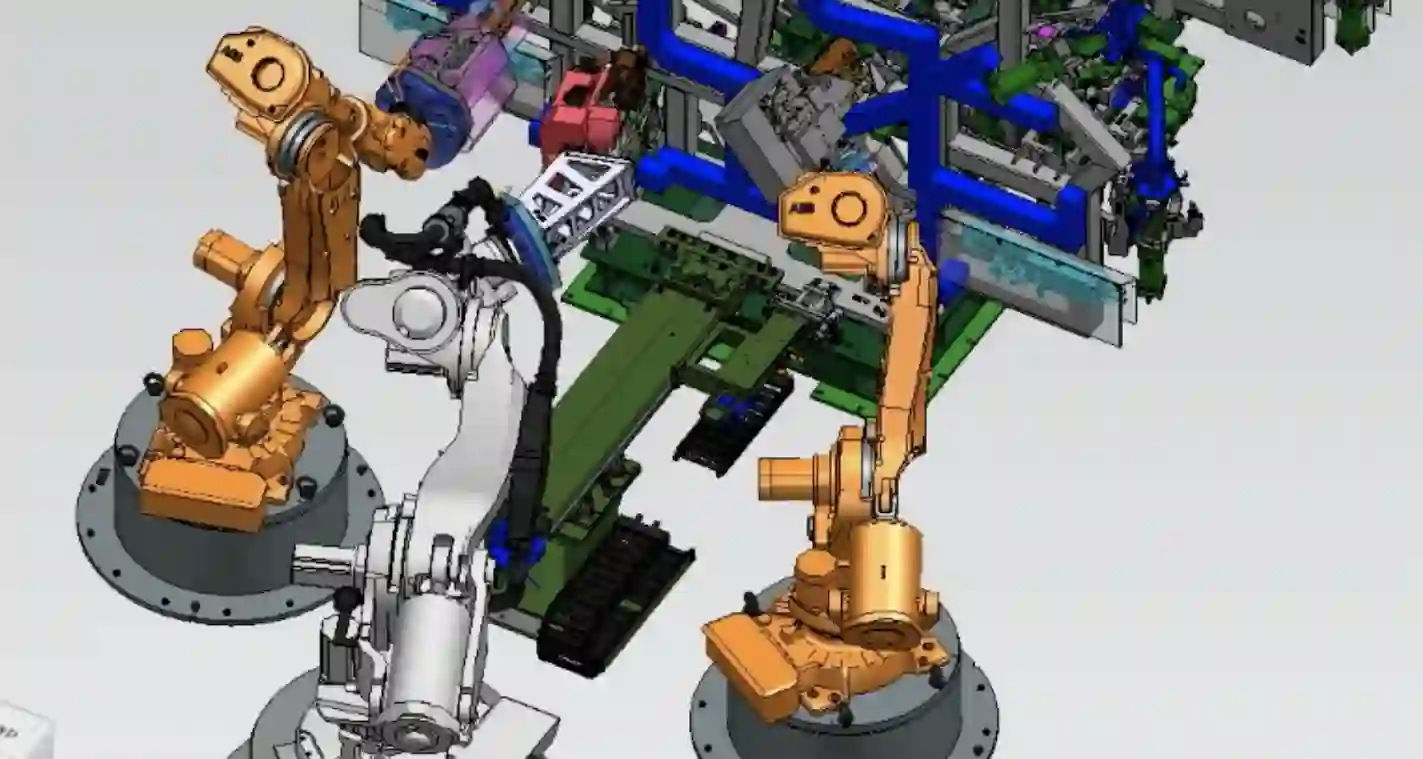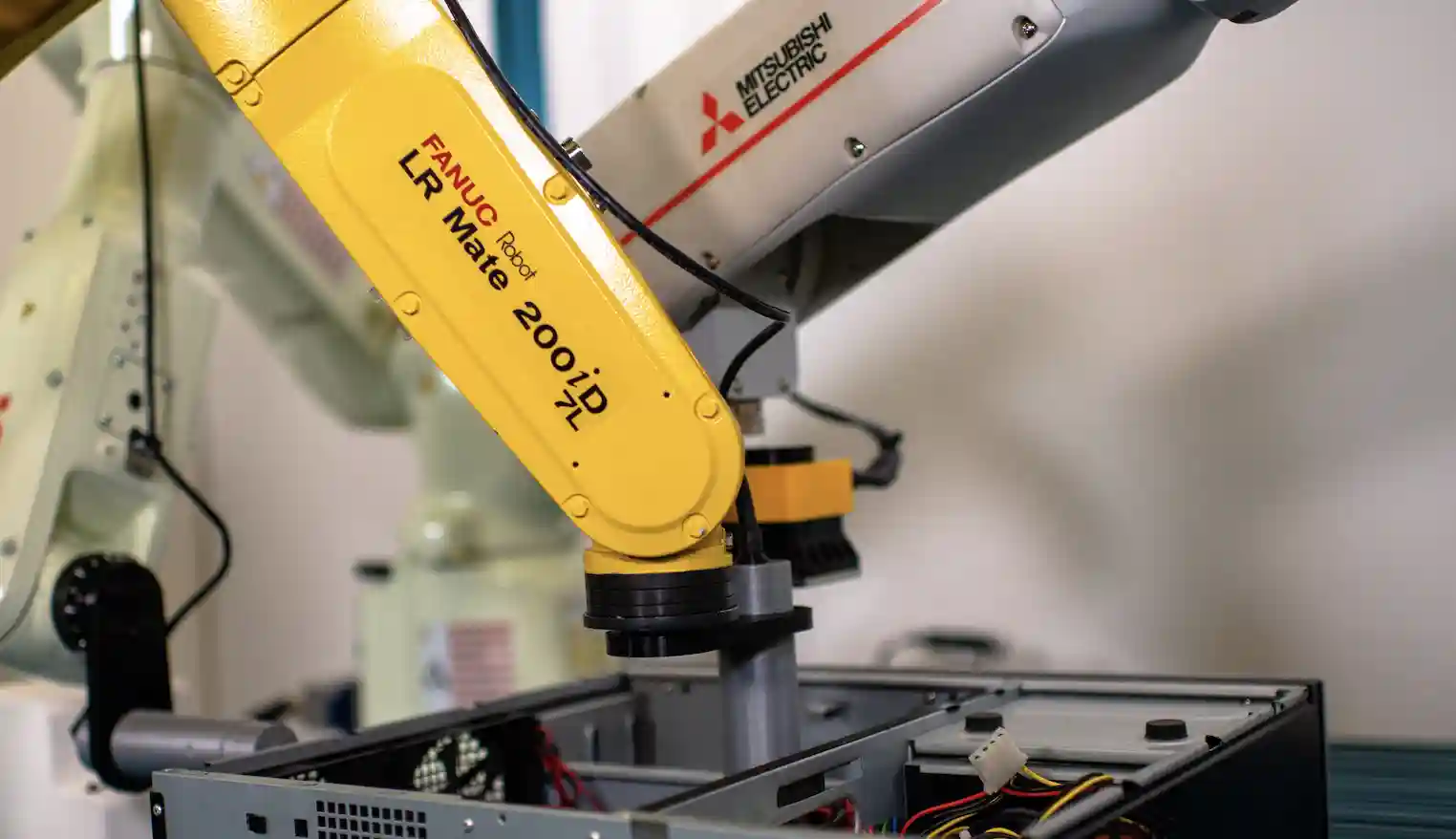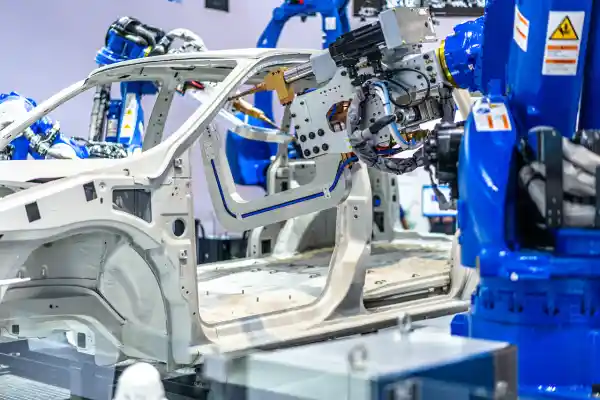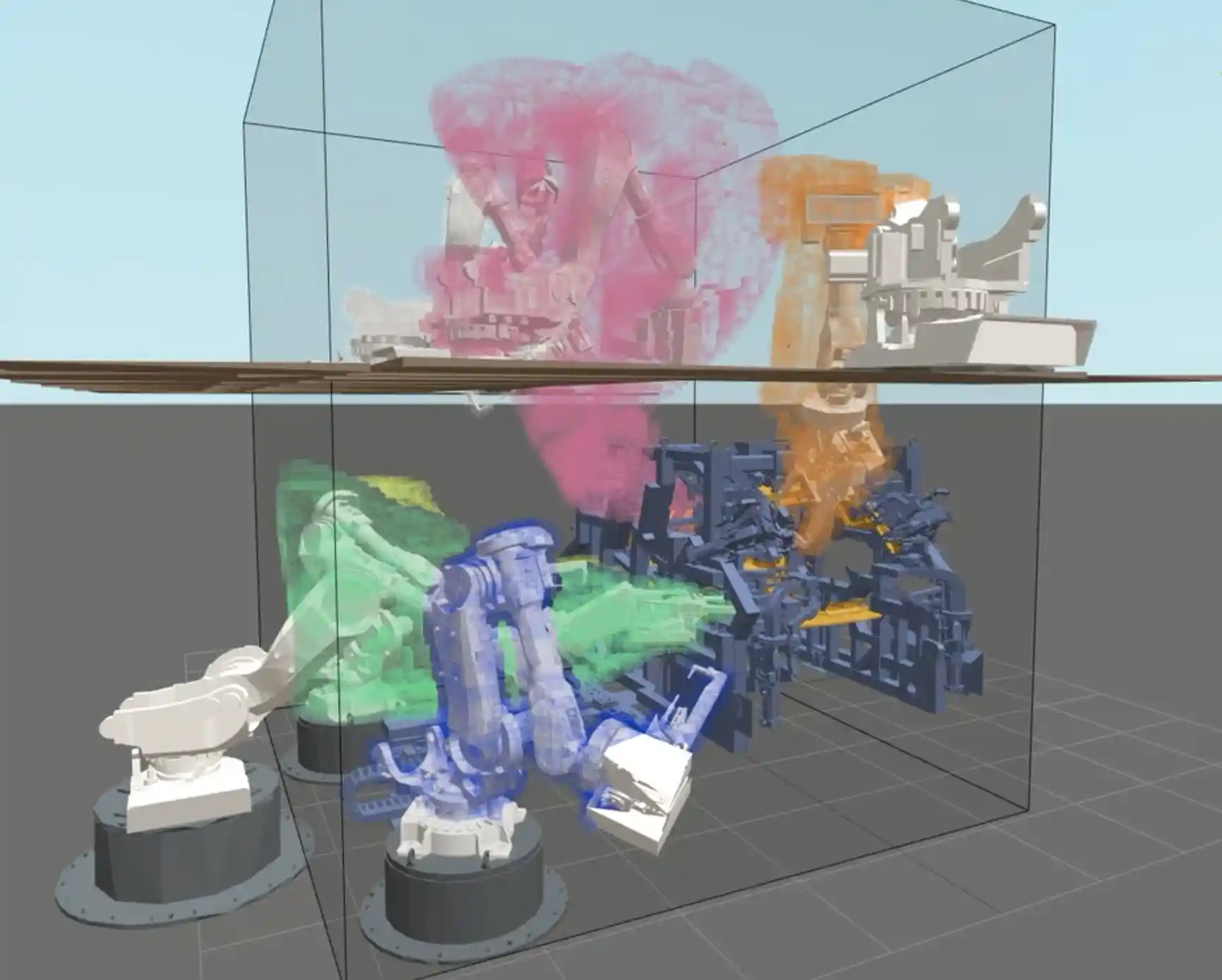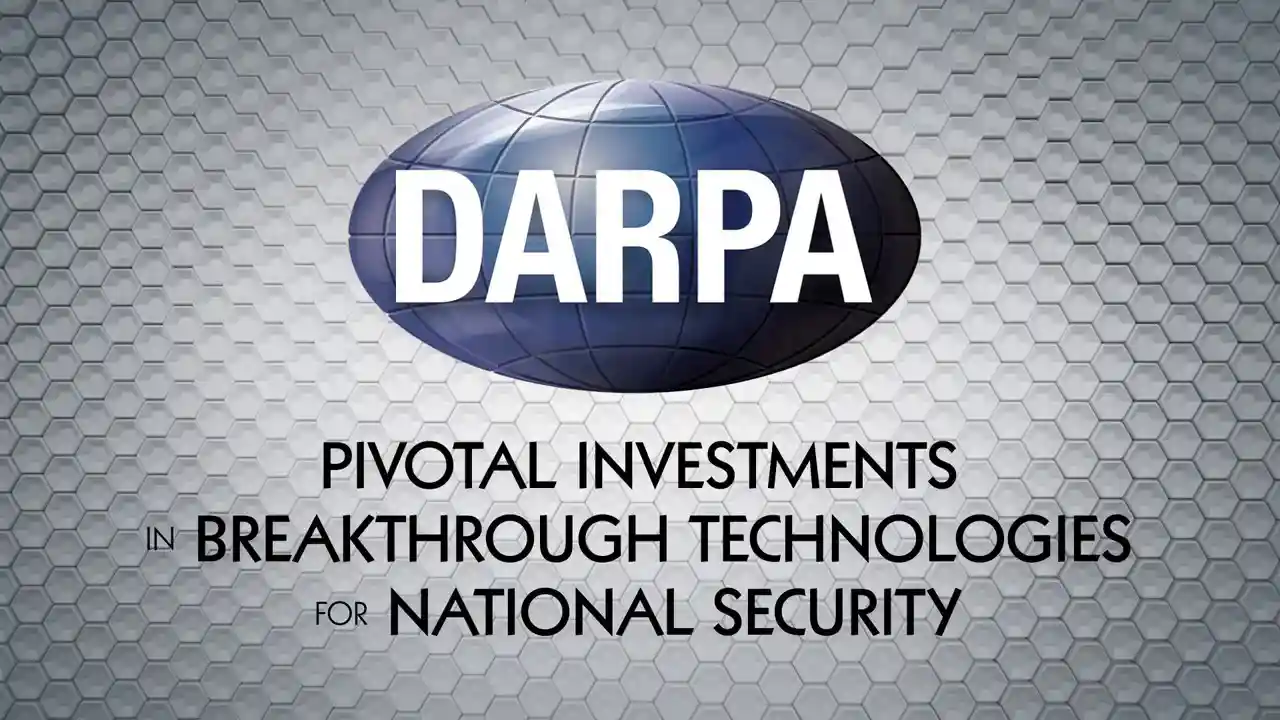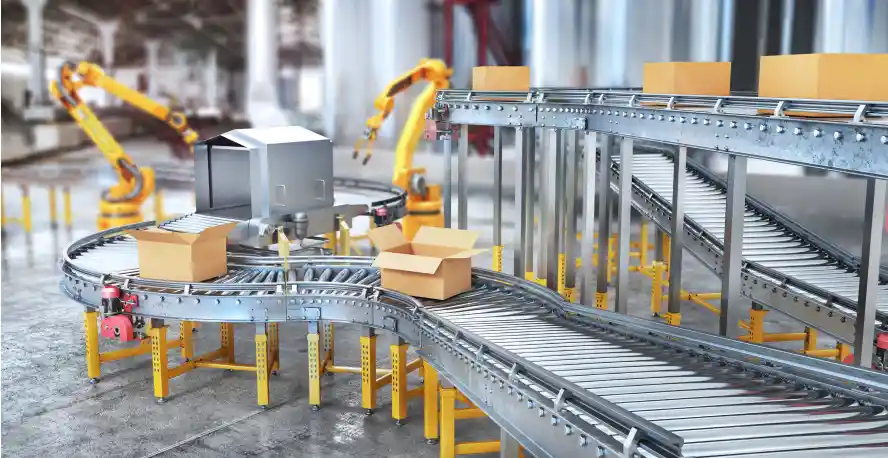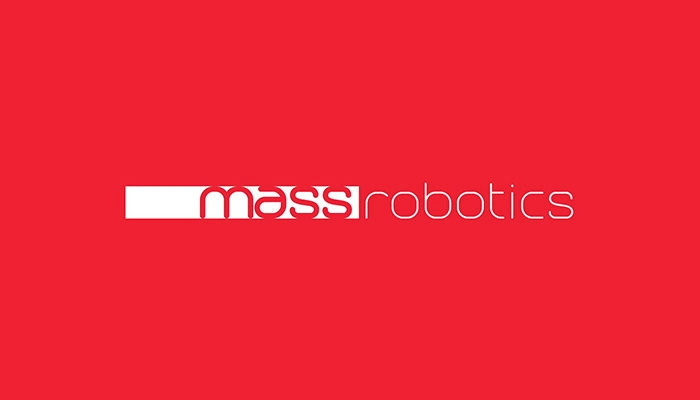The automotive industry makes a huge investment in robotics each year. But, as anyone who’s ever managed logistics for an automotive factory knows, buying the robots is the easy part. Installing, programming and deploying the robots is where the team really earns their salaries. During this process, automotive manufacturers and suppliers have a twin goal of pushing automation to the limit – and reducing risk while doing so. Because of this, testing and optimization efforts are of paramount importance. The goal is for everything to be planned out and perfected before they hit the factory floor and the line is switched on.
In the real world, however, things never go as perfectly as planned. There are often instances where adjustments need to be made – and these adjustments, if not correctly planned out and made properly – can adversely affect the entire line when the robots are redeployed.
For example, say there was a weld that needed to be adjusted slightly, so you needed to move a welding robot a few degrees to the right. Shutting down the line to re-program and redeploy the robot introduces risk to the equation. If you make that adjustment, how does that affect the rest of the robots on the line? Now, think if the change is bigger than making an adjustment of a few degrees?
Risk-Free Expansion of Robot Use
Traditionally, robotic workcell setup isn’t transferable to a new cell – you simply can’t plug in a new robot and have it work as you’d like. With Realtime, automotive manufacturers have a quicker path to add or replace equipment, cutting the risk of doing so at the same time.
Customers can copy layout and programming and pass it on to a new robotic workcell; no longer will a company’s programmers need to start from scratch each time they expand to meet demand or in anticipation of a new product. You can change only what you need to change and keep the previous layout, programming, directions, etc., optimizing the entire setup process. In this way, we help automotive manufacturers on the path to easier, more cost-effective growth.
Outdated Approaches
There is no argument that automotive manufacturing is one of the most complex operations in the entire manufacturing industry. There are several robots working in lockstep, from picking to placing, welding, inspecting and assembling – and each must complete its role perfectly in order for the entire process to work as intended. In most cases, an automotive assembly line will need to shut down for days in order to model, test and make sure any change works as intended – and that there are no potential collisions. The reason changes take so long to implement and complete is the need to manually walk through each potential problem and directly review and evaluate all potential variations.
In the quest to eliminate risk, automotive manufacturers face an expensive loss of uptime and an increased cost of manpower to ensure there will be no collisions (or worse disasters) when everything is switched back on.
Simulation and Testing to Cancel Out Risks
The key to mitigating risk when making adjustments to your industrial robots and redeploying them is the planning and simulation stage. If adjustments need to be made, Realtime Robotics customers need only worry about updating the layout and tasks. One of the benefits of working with us is that our software will automatically handle the calculations to simulate any potential danger in the updated or new environment, eliminating the chance of collisions between the robots and what has changed with or around them.
Realtime Robotics provides an end-to-end optimization layer for automotive customers, allowing them to simulate from testing to deployment and beyond. By automatically incorporating collision-avoidance, simulating the full environment and running tests, our software can save customers critical downtime and manpower costs, speeding the path to redeployment. Realtime makes it easy to then replace the programming, and re-apply it to more than one robot on the line, if appropriate. With Realtime Robotics, customers not only find potential issues before they happen, they’re able to fix them in a timely and cost-effective way.
Looking Ahead
There are many reasons that an automotive manufacturer or supplier would be looking to re-program and redeploy a robot, from the typical adjustment to improve its functionality or tweak to account for a running change in the product it’s working on. Other times the change can be more extreme, from components being changed out, to differences in technology or appearance, to replacements due to recalls or quality improvements. Each of these requires increasingly difficult robot updates and reconfigurations. It’s easy to see how Realtime’s ability to help automotive programmers not have to start from scratch with each change grows in importance with the increasing stakes.
Our technology also paves the way for more forward-looking advances in the automotive manufacturing industry as well. Just think, what if you could make adjustments to robots on your assembly line quicker? What about for new vehicle models – if there are minimal changes in the next year’s model, the robots could be reprogrammed and redeployed with small changes, speeding the time to production.
Could this someday enable an automotive manufacturer to change over an entire line for new products in a cost-effective, non time-consuming way? If they have the power and flexibility to update and adapt robots quickly, could they then make it a different line easier and quicker to keep up with changing consumer and market demands and preferences? And then switch it back without an overwhelming increase in expenses?
The future possibilities are indeed endless. For now, we’ll focus on helping our automotive customers optimize their current manufacturing layouts, while hopefully laying the groundwork necessary for some of these future advancements in the industry.
